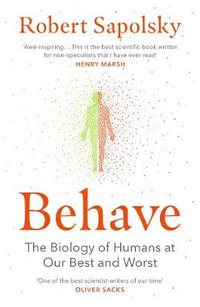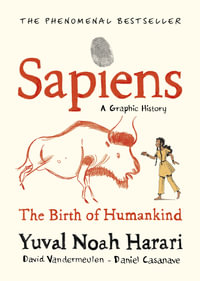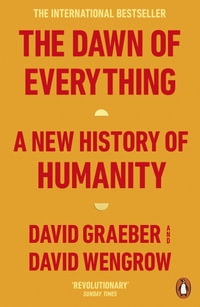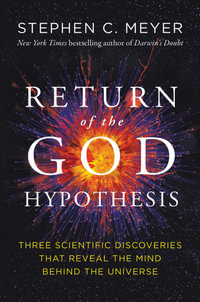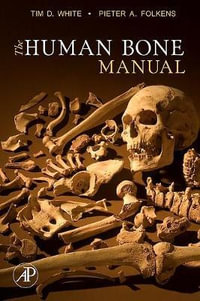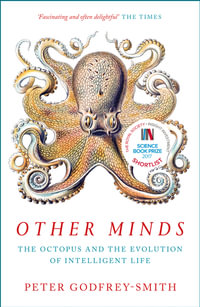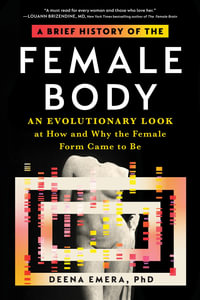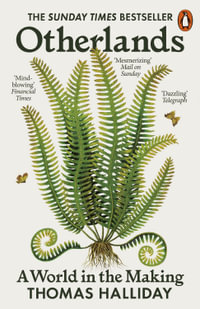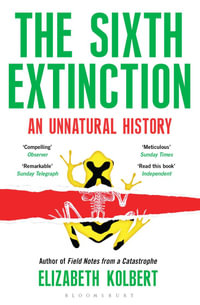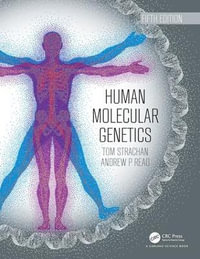
At a Glance
Paperback
RRP $112.00
$85.25
24%OFF
or
Aims to ship in 7 to 10 business days
ISBN: 9781032192130
ISBN-10: 1032192135
Published: 4th October 2024
Format: Paperback
Language: English
Number of Pages: 360
Audience: Professional and Scholarly
Publisher: Taylor & Francis Ltd
Country of Publication: GB
Dimensions (cm): 23.39 x 15.6 x 1.91
Weight (kg): 0.51
Shipping
| Standard Shipping | Express Shipping | |
|---|---|---|
| Metro postcodes: | $9.99 | $14.95 |
| Regional postcodes: | $9.99 | $14.95 |
| Rural postcodes: | $9.99 | $14.95 |
How to return your order
At Booktopia, we offer hassle-free returns in accordance with our returns policy. If you wish to return an item, please get in touch with Booktopia Customer Care.
Additional postage charges may be applicable.
Defective items
If there is a problem with any of the items received for your order then the Booktopia Customer Care team is ready to assist you.
For more info please visit our Help Centre.
You Can Find This Book In
This product is categorised by
- Non-FictionIndustry & Industrial StudiesPrimary IndustriesAgriculture & Related Industries
- Non-FictionScienceBiology, Life SciencesDevelopmental Biology
- Non-FictionNature & The Natural WorldThe Earth & Natural History in General
- Non-FictionScienceBiology, Life SciencesBotany & Plant Sciences
- Non-FictionScienceBiology, Life SciencesLife Sciences in GeneralEvolution

